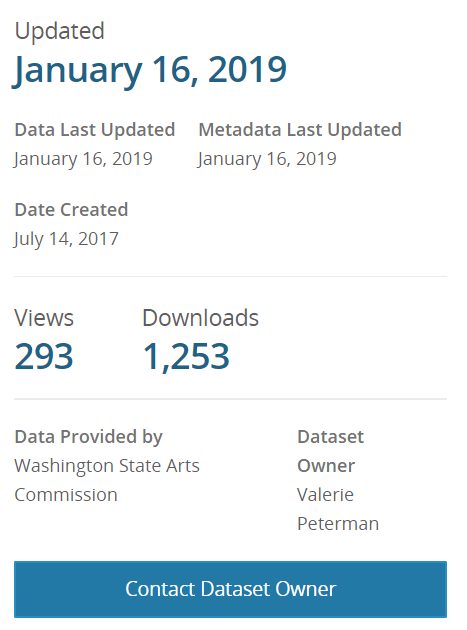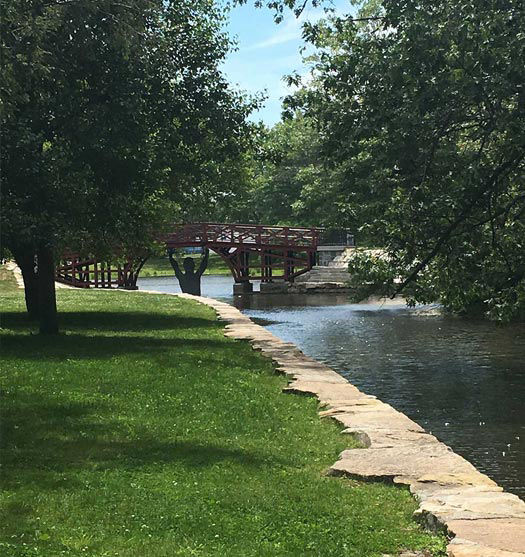State Art Collection
The dataset used in creating this project was the Washington State Art Collection. The dataset is available via data.WA.gov, the open data portal for the State of Washington. The link to the state art collection is: https://data.wa.gov/Education/State-Art-Collection/yfjt-f6ae
Dataset
There were a few, small steps in preparing the data for analysis. Working from the full data set of the collection, I filtered the column 'Artwork Site' by 'College' and 'University' and saved this filtered list as the dataset that I would use for analysis. In looking at the full list of colleges and universities represented in the database, I noticed there was a middle and a high school that had 'University' in their school name, I removed these entries from the data.
Additionally, I reached out to the Washington State Arts Commission to clarify the meaning of the 'Date' column and learned that it referred to either the date the artwork was installed or the date the work was created (if it was created prior to being acquired by the state). I learned that the year represented in the column 'ID Number' - where entries were formatting as 'WSAC1977.025.000' - indicated the year of acquisition for the state collection. I used OpenRefine to separate this column into multiple columns, separated after WSAC and each period, I then removed all the columns except for the one containing the year. This column became the year of acquisition.
In mapping the latitude and longitude coordinates, there were two art pieces whose longitude coordinates were missing a period, making them a value in the hundreds of thousands and impossible to map. I added a decimal place after the third digit, to generate a coordinate that matched the others in the dataset and would come up as in the state of Washington. I used Excel for most of my data cleaning and manipulation, creating additional sheets to count the number of unique institutions represented and how many pieces were at each, for example.
Finally, information about the artists' educational background was gathered from a range of sources; including, the ArtsWA database, artist, collective, and gallery websites, artist Wikipedia pages, obituaries, and newspaper articles.

